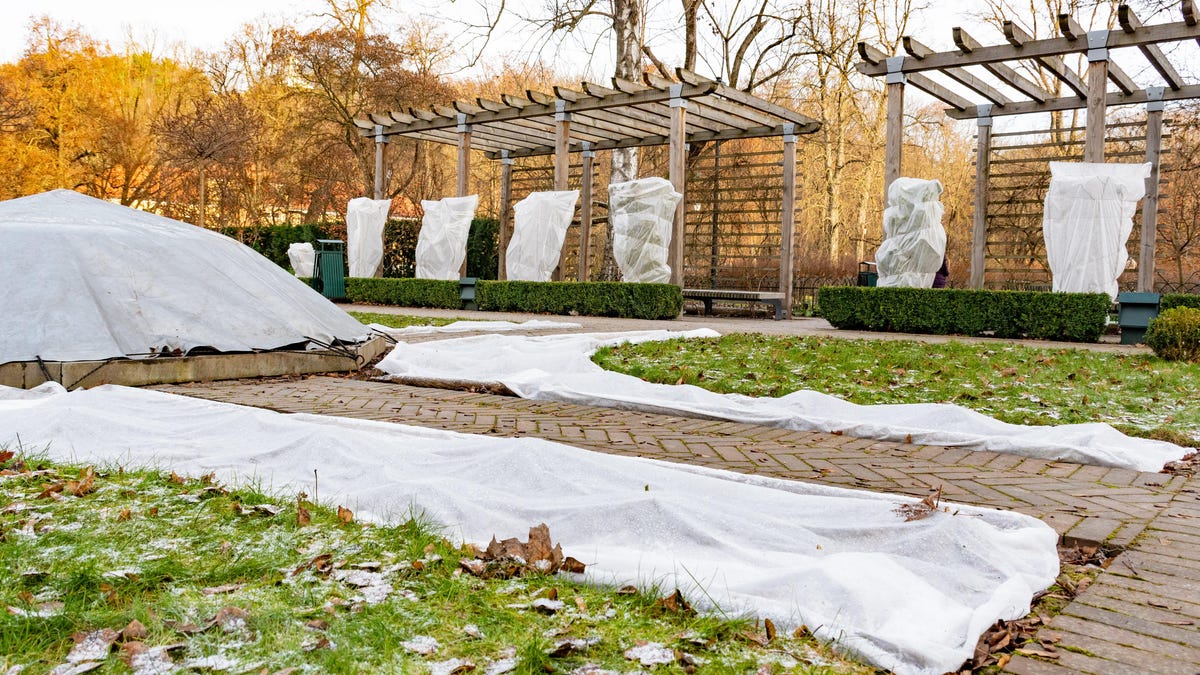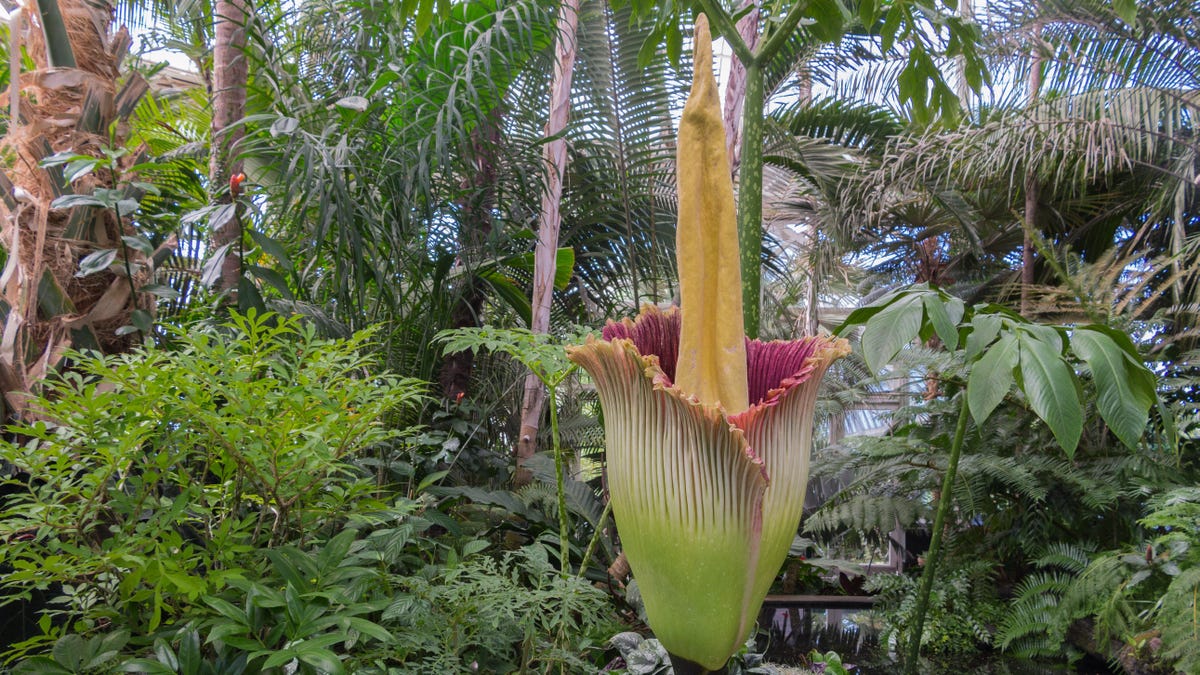What You Need to Do Now to Prep Your Garden for Winter
With cooler weather on its way, harvesting and cleaning up your garden beds should be on your fall agenda. While your garden might not be actively producing over the winter, there’s still plenty to do now to make next...


Photo: Michele Ursi (Shutterstock)
With cooler weather on its way, harvesting and cleaning up your garden beds should be on your fall agenda. While your garden might not be actively producing over the winter, there’s still plenty to do now to make next season more successful. Taking some time to properly prepare for the garden’s dormant season will mean a better start in the spring when it’s time to plant.
Harvest these things before the first frost
To button up this year’s crop, make sure to harvest all of your delicate veggies and seeds, and pick herbs before the first frost hits. In cooler climates, or higher elevations, that will be earlier in the season, while warmer places might get another month or two of frost-free evenings. Vegetables like squash, tomatoes, and lettuce aren’t hardy and will spoil if the temperature drops below freezing. However, some, like Brussels sprouts, can endure some frost and will even taste better when they’re harvested late in the season.
Once all the non-hardy veggies are safely harvested, the plants that produce them can be pulled and composted. Adding to your compost pile if you have one is a great way to prepare for future gardening ventures. You can also pull any weeds and clean up your garden beds. Some gardeners prefer to keep some fallen leaves on the ground because it can be a habitat for beneficial insects.
Improve your soil quality
Improving your soil quality during the winter months begins in autumn by adding compost to your beds. Allowing the worms and insects to snack on your nutritious plant matter over the winter will help add nutrients to the soil while plant life is dormant. Another option for improving soil is to grow what’s known as a “cover crop” in your garden bed. Using a species that will add nitrogen to the soil is a good way to replenish lost nutrients and keep the soil healthy. Clover, winter rye, or vetch are all good candidates for fall and winter planting. In addition to improving the soil, cover crops will also make it more difficult for weeds to take over.
G/O Media may get a commission

2 for $60
Crocs: 2 for $60
Step in style
Included in this sale are some very on-trend marble and tie-dye varieties, from black and white to sorbet pastels. Text your mom: she's gonna want a pair.
If you choose not to go with a cover crop, it’s a good idea to cover your garden beds in winter. Using some burlap landscaping fabric, cover the area of your garden that you plan to replant next year, staking down the edges with landscaping staples. The fabric and staples are reusable, so you don’t need to get a new set every season.
Attract birds
In the fall, you can also consider attracting birds by filling feeders and cleaning and filling bird baths. Birds are stocking up for winter, and having a good food supply will help them along. Birds love to eat caterpillars, grasshoppers, and other damaging pests, so they’re a great part of your garden ecosystem. Make sure to clean your feeders and bird baths regularly, especially during high traffic months to avoid spreading disease.
Avoid ice damage
Last, don’t forget to turn off and drain all outdoor watering systems before temperatures get below freezing to avoid damage. Storing hoses and tubing for the winter will make your watering system last longer. Also, vacant containers should be emptied and turned over or stored to avoid cracking in freezing temperatures.

 FrankLin
FrankLin 
































